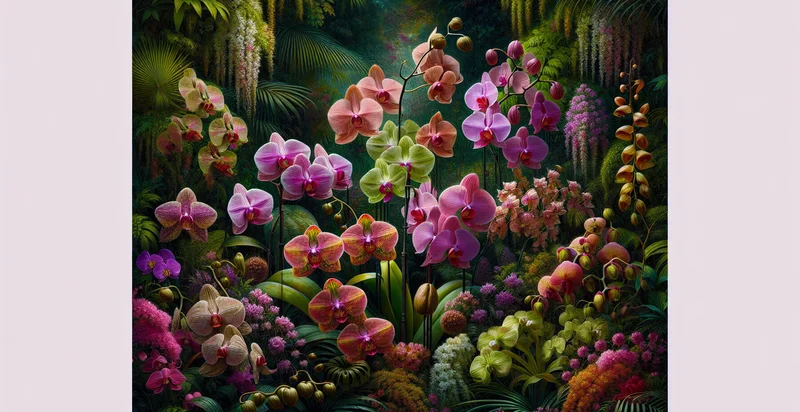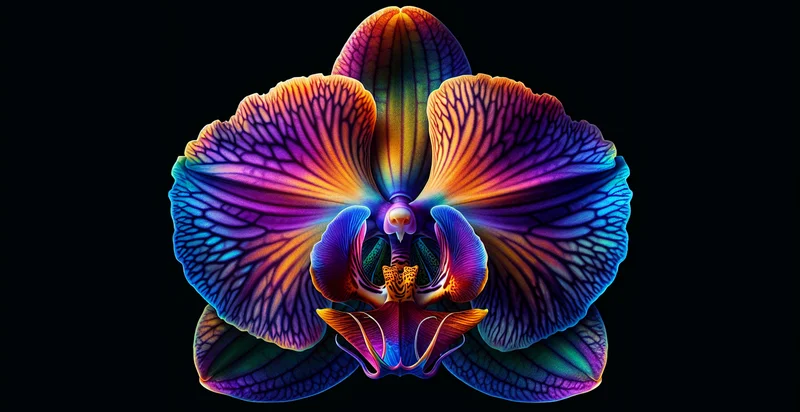Identify orchid species
using AI
Below is a free classifier to identify orchid species. Just upload your image, and our AI will predict what species of orchid it is - in just seconds.

Contact us for API access
Or, use Nyckel to build highly-accurate custom classifiers in just minutes. No PhD required.
Get started
import nyckel
credentials = nyckel.Credentials("YOUR_CLIENT_ID", "YOUR_CLIENT_SECRET")
nyckel.invoke("orchid-species", "your_image_url", credentials)
fetch('https://www.nyckel.com/v1/functions/orchid-species/invoke', {
method: 'POST',
headers: {
'Authorization': 'Bearer ' + 'YOUR_BEARER_TOKEN',
'Content-Type': 'application/json',
},
body: JSON.stringify(
{"data": "your_image_url"}
)
})
.then(response => response.json())
.then(data => console.log(data));
curl -X POST \
-H "Content-Type: application/json" \
-H "Authorization: Bearer YOUR_BEARER_TOKEN" \
-d '{"data": "your_image_url"}' \
https://www.nyckel.com/v1/functions/orchid-species/invoke
How this classifier works
To start, upload your image. Our AI tool will then predict what species of orchid it is.
This pretrained image model uses a Nyckel-created dataset and has 20 labels, including Bletilla, Brassia, Catasetum, Cattleya, Coelogyne, Cymbidium, Dendrobium, Encyclia, Laelia and Lycaste.
We'll also show a confidence score (the higher the number, the more confident the AI model is around what species of orchid it is).
Whether you're just curious or building orchid species detection into your application, we hope our classifier proves helpful.
Related Classifiers
Need to identify orchid species at scale?
Get API or Zapier access to this classifier for free. It's perfect for:
- Botanical Research Support: The orchid species identifier can be utilized by researchers in botany to categorize and analyze orchid species in diverse ecosystems. This tool can streamline data collection and enhance the accuracy of species identification, facilitating better research outcomes.
- Horticultural Supply Chain Optimization: Nurseries and garden centers can employ the orchid species identifier to manage inventory more efficiently. By accurately identifying species, businesses can tailor their purchasing strategies, ensuring they stock popular and high-demand orchids.
- Educational Tool for Students: Educational institutions can incorporate the orchid species identifier into their curriculum to enhance students' learning experiences in plant biology. This interactive tool can make the study of plant taxonomy engaging and accessible, offering students practical insights into orchid classification.
- Mobile Gardening Apps: Developers of gardening applications can integrate the orchid species identifier to assist amateur gardeners in identifying orchids in their homes or local habitats. This feature would provide users with care tips and growing conditions for specific species, enhancing their gardening success.
- Conservation Efforts: Conservation organizations can utilize the orchid species identifier to help monitor and protect endangered orchid species. By accurately tracking species distribution and health, conservationists can develop more effective conservation strategies to preserve biodiversity.
- Tourism and Ecotourism: Eco-tourism companies can use the orchid species identifier to enrich the experiences of tourists interested in orchids. Guided tours enhanced by this tool can lead to informative interactions about local flora, promoting eco-friendly tourism while educating visitors.
- AI-Powered Gardening Services: Gardening service providers can leverage the orchid species identifier to offer personalized gardening consultations. By correctly identifying orchid species, they can recommend tailored care plans and maintenance strategies, leading to healthier plants and satisfied customers.


